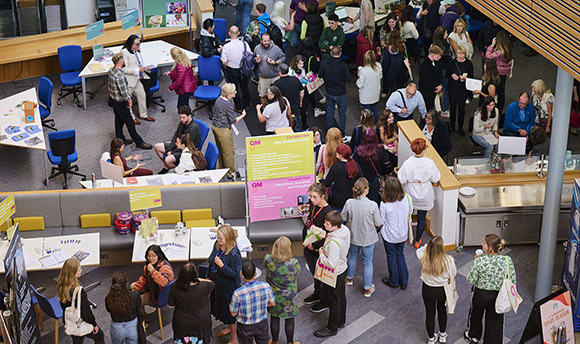Clinical practice in Diagnostic Imaging 4:Learning Outcomes Generic Learning Outcome
Clinical practice in Diagnostic Imaging 4:Learning Outcomes Generic Learning Outcome
Generic Learning Outcomes
Clinical Practice in Diagnostic Imaging 3 (CP4) is the continued development of general skills in routine radiography.
By the end of CP4, in addition to having achieved Level 2 and 3 outcomes, the student will be able to:
-
demonstrate competence in performing all specified examinations;
-
critically evaluate radiographs to distinguish the normal from the abnormal, discuss possible causes of abnormality and identify any diagnostic significance;
-
demonstrate the ability to offer total patient care;
-
analyse the needs of patients and demonstrate competence in supporting them, their relatives and carers both physically and psychologically;
-
integrate with the multi-disciplinary team, give professional advice and act as an informed source of expertise;
-
discuss and evaluate the physical and technological principles of all imaging modalities;
-
analyse and critically evaluate the capabilities, strengths and weaknesses and hazards of all imaging modalities;
-
reflect on the physical and emotional impact of preparation and procedure upon the patient;
-
synthesise the factors affecting modality and technique selection in relation to the needs and condition of the patient as well as the anatomy, physiology and disease processes to be demonstrated.
SPECIFIC LEARNING OUTCOMES – ROUTINE RADIOGRAPHY
Radiography in Imaging Departments, Wards and Operating Theatres
By the end of CP4, in addition to having achieved ICP, CP2 and CP3 outcomes, the student will be able to:
-
select, prioritise and demonstrate competence in conducting radiographic examinations and procedures;
-
demonstrate the ability to contribute fully as a member of the multi-professional team in Accident and Emergency;
-
discuss the management of patients with disruptive behaviour patterns;
-
participate fully in department emergency duty and out of hours working, shadowing and assisting the duty radiographer in single handed work situations;
-
demonstrate the ability to perform the administrative duties required out with normal working hours;
-
demonstrate the ability to locate, precisely, fixators in trauma theatre.
Image Processing
By the end of CP4, in addition to having achieved ICP, CP2 and CP3 outcomes, the student will be able to:
-
discuss and participate in departmental quality assurance procedures for image processors;
-
critically evaluate results with regard to quality standards and consistency;
-
analyse inconsistencies, identify causes and formulate solutions;
-
assess the contribution of quality assurance programmes to achieving and maintaining quality standards in the imaging department.



